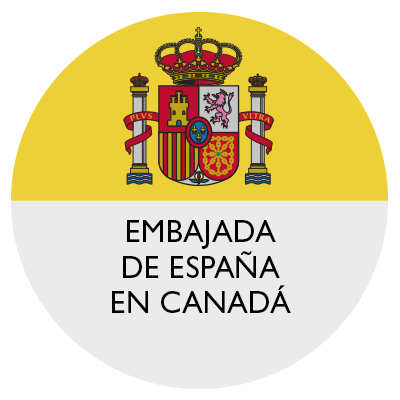Guerrilla bracelet
This bracelet belonged to a member of the Guerrilla Army of Galicia, one of the irregular units that undertook armed resistance to the Francoist regime until 1952. This struggle involved between ten and twelve thousand partisan and had its main foci in Galicia and Asturias, León, Extremadura and New Castile, Granada and Málaga, and Cuenca, Teruel, and Castellón.
The failed coup, the subsequent war, and the violence of the rebels generated the Republican resistance which began in the summer of 1936, continued as a guerrilla struggle after the end of the Civil War, and was not completely defeated until 1952.
The history of the anti-Francoist guerrilla is part of the European context of the Second World War in which armed resistance movements emerged to resist foreign occupiers and local collaborators. One of the great differences between the Republican resistance and the resistance in other European countries is that, however much their actual military contributions varied, they can lay claim to the defeat of fascism while Spanish Republicans lost both the regular war and the irregular one.
Even so, there are clear connections. The Popular Army of the Republic used guerrilla units and some its members even ended up commanding partisan units in other countries, most significantly in France but also on the Eastern Front and in Yugoslavia. In addition, there were hundreds of guerrilla bands which were created and operated independently of the Popular Army between 1936 and 1939.
Following the definitive defeat of the Republican army in 1939, the guerrilla did not fight to take control of cities or defeat the Francoist forces but principally just to survive while waiting for developments that never happened, such as an Allied invasion of Spain. In the 1940s, the Communist Party of Spain organized guerrilla units and sent militants from France to command them. While this changed the way they approached combat, professionalized many of the groups, and allowed them to maintain their existence longer, the guerrillas were destined to fail.
The asymmetry between guerrilla and counter-insurgency forces is usually explained as the latter enjoying a range of resources the former generally do not: an established government enjoying diplomatic recognition, greater financial, industrial and agricultural resources, and control of transportation, communication, and information among others. This is how it was in Spain. Francoist counter-insurgency forces did not spend more than fifteen years fighting in the mountains to wrest control of territory from the guerrilla since, in fact, they did not control any. The goal was to physically eliminate them or harass them until they were exhausted and went into exile. Along the way, some two thousand guerrilla fighters were killed and more than three thousand arrested.
AGV







